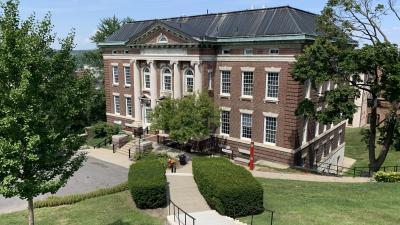Medicinal Chemist Christopher L. Cioffi Joins Rensselaer Polytechnic Institute
Rensselaer Polytechnic Institute has named medical chemist Christopher L. Cioffi as its Thomas and Constance D’Ambra Professor of Medicinal Organic Chemistry. As a doctoral student in the laboratory of Mark Wentland at Rensselaer Polytechnic Institute, Dr. Cioffi, B.S. ’94 and Ph.D. ’00, witnessed the birth of Samidorphan, a compound that is now part of the FDA-approved schizophrenia treatment Lybalvi.









